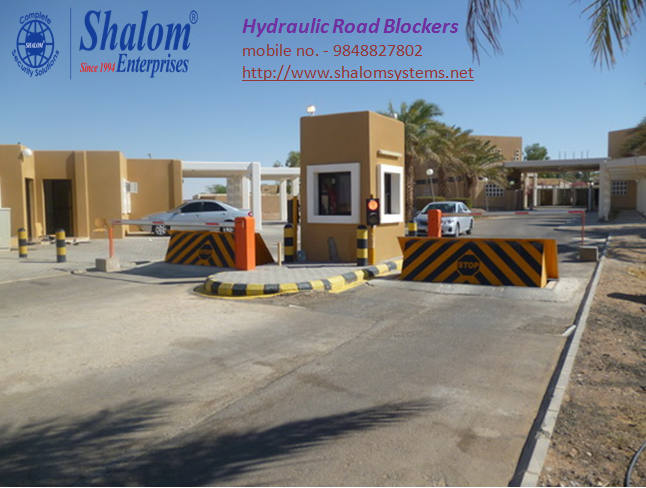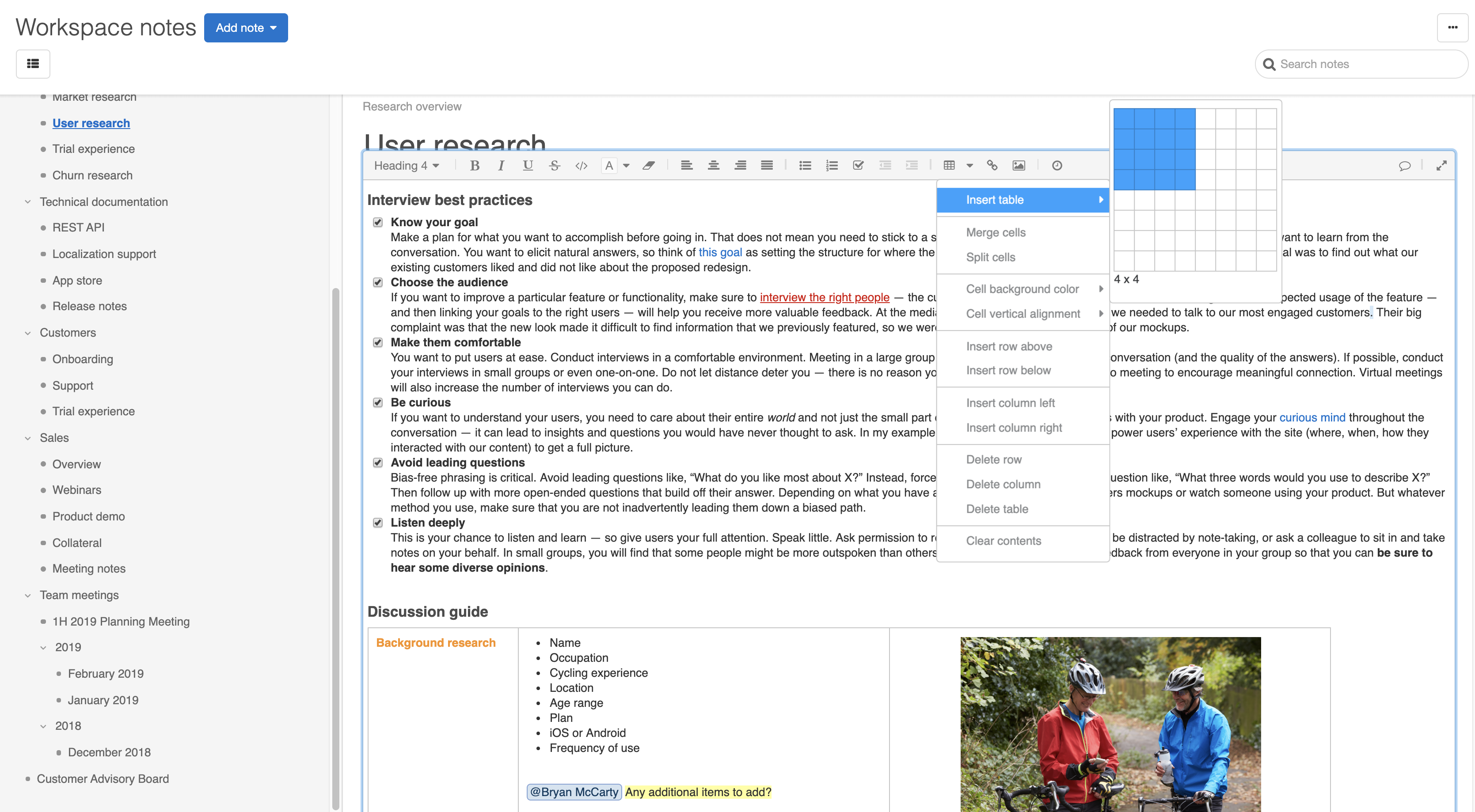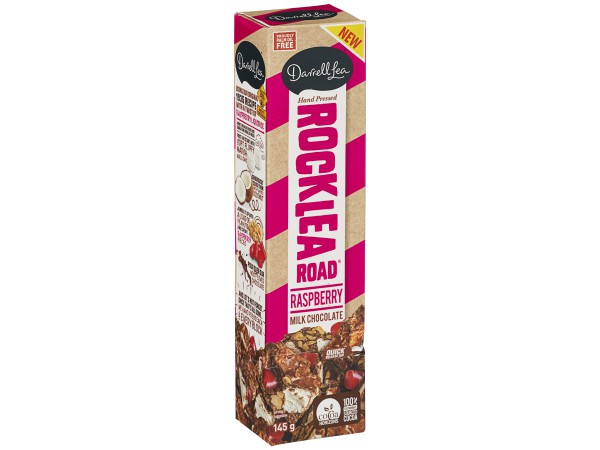

- ROAD INFORMATION TEXT FILES BY USING THE QUICKMAP FULL
- ROAD INFORMATION TEXT FILES BY USING THE QUICKMAP FREE
There is a full list of healthcare features at Healthcare. HealthcareĪlso see Map features#Healthcare which includes healthcare features under amenity=*. This table is a wiki template with a default description in English. See Template:Taglist for a documentation on it.

(If you do not see this tag list, you need to enable Javascript) May also have retail outlets on the ground floor. On the other hand shop=*/ amenity=* is not indicating building by itself, building must be mapped with building=* tag.Ī building arranged into individual dwellings, often on separate floors. shop= supermarket must be mapped to indicate an active supermarket shop.

police station, church, townhall, museum) you should add additional tags like amenity=*, tourism=*, shop=* etc.įor example mapping building= supermarket is not enough to mark place as having an active supermarket shop, it just marks that building has form typical for supermarket buildings. The building tags are intended for the physical description of a building: for functions in the building (e.g. See the page Buildings for further details on the usage of this tag and man_made=* for tagging of various other structures. This is used to identify individual buildings or groups of connected buildings. See the page Aerialway for more information on the usage of these tags. For example these may include cable-cars, chair-lifts and drag-lifts. This is used to tag different forms of transportation for people or goods by using aerial wires.

ROAD INFORMATION TEXT FILES BY USING THE QUICKMAP FREE
If you do not find a suitable tag in this list then feel free to make something suitable up as long as the tag values will be verifiable. But, since this is a worldwide, inclusive map, there can be many different feature types in OpenStreetMap, almost all of them described by tags.įor details of more tags and proposed changes to existing tags see proposed features, inactive features and deprecated features. Most features can be described using only a small number of tags, such as a path with a classification tag such as highway= footway, and perhaps also a name using name=*. Short descriptions of tags that relate to particular topics or interests can be found using the feature pages. However, users can create new tags to improve the style of the map or to support analyses that rely on previously unmapped attributes of the features. The community agrees on certain key and value combinations for the most commonly used tags, which act as informal standards. OpenStreetMap's free tagging system allows the map to include an unlimited number of attributes describing each feature. Each tag describes a geographic attribute of the feature being shown by that specific node, way or relation. OpenStreetMap represents physical features on the ground (e.g., roads or buildings) using tags attached to its basic data structures (its nodes, ways, and relations).


 0 kommentar(er)
0 kommentar(er)
